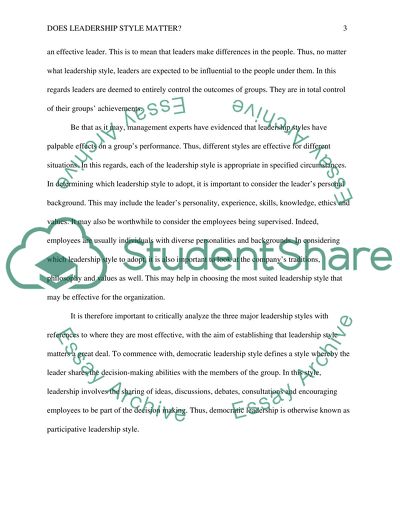Cite this document
(“Leadership Assignment Example | Topics and Well Written Essays - 1250 words”, n.d.)
Retrieved from https://studentshare.org/other/1397018-leadership
Retrieved from https://studentshare.org/other/1397018-leadership
(Leadership Assignment Example | Topics and Well Written Essays - 1250 Words)
https://studentshare.org/other/1397018-leadership.
https://studentshare.org/other/1397018-leadership.
“Leadership Assignment Example | Topics and Well Written Essays - 1250 Words”, n.d. https://studentshare.org/other/1397018-leadership.


